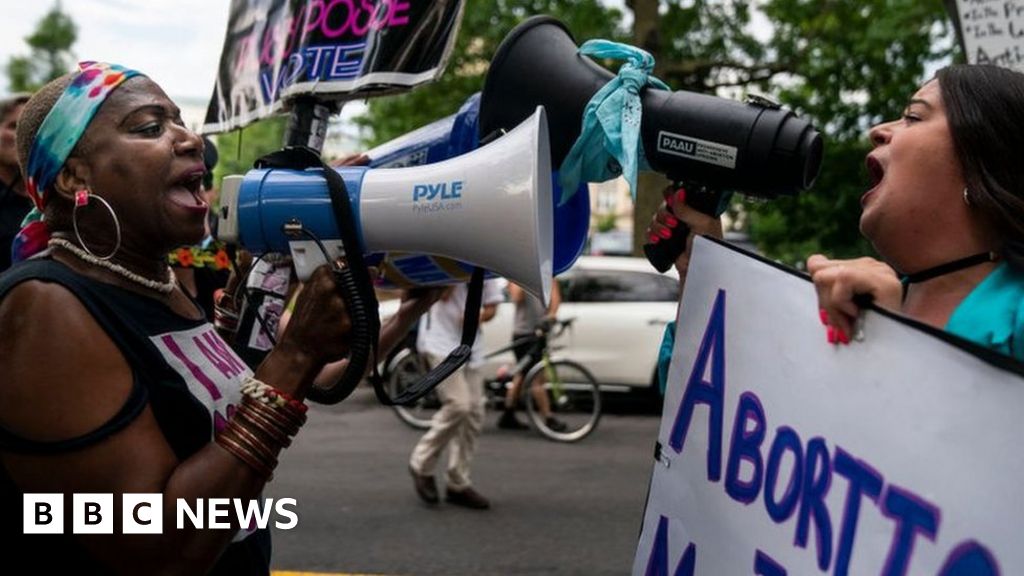lpetrich
Contributor
A fertilized egg is a single cell, but one that soon divides. By day 4, the cells start to differentiate, with the inner cells getting an identity separate from that of the outer cells, and by day 5, the embryo is a hollow ball with those inner cells now making an inward bump at one spot in that ball.
By day 7, the hollow ball implants into the womb, and by day 9, that bump starts to differentiate. By day 12, it forms a hollow part inside of itself, the amniotic sac. The original hollow becomes the yolk sac. Yes, we have a vestigial yolk sac.
In between the amniotic sac and the yolk sac is the embryonic disc, and it curves toward the yolk sac, making the embryo proper. It becomes surrounded by the amniotic sac, and it absorbs the yolk sac, also making the umbilical cord. Three weeks after fertilization, the embryo starts having a vague resemblance to a baby, though its body parts and internal organs still have to do a lot of development. At this stage, it is only 3 millimeters (1/8 inches) long.



